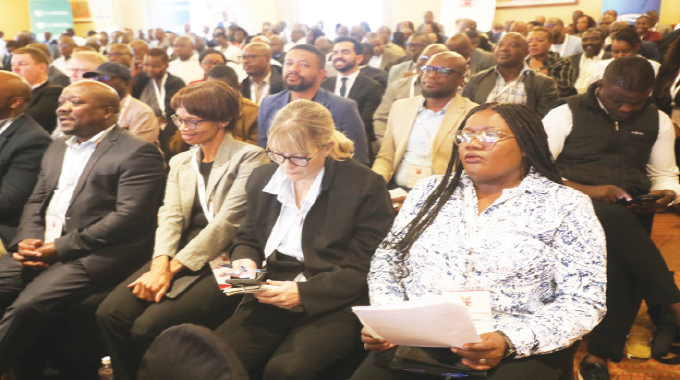
The Ministry of Mines hosted the Annual General Meeting, Conference, and Exhibition held at Elephant Hills, Victoria Falls where industry stakeholders gathered to discuss the future of Zimbabwe’s Platinum Group Metals (PGMs) sector.
The conference focused on the critical role of PGMs in the national economy and the potential they hold for the country’s transition to a cleaner energy future.
In 2023, the PGM sector contributed USD 2.1 billion to Zimbabwe’s economy, making up about 25% of national exports. However, the industry faces a complex and challenging landscape. Recent trends have shown a decline in PGM prices, with palladium prices dropping by approximately 40%. This price volatility highlights the need for a more resilient and diversified approach to the sector.
The Russia-Ukraine conflict has had a profound impact on the global PGMs market, causing significant disruptions in the supply chain and driving up platinum prices. Both Russia and Ukraine are major producers of PGMs, and the geopolitical tensions have underscored the fragility of global supply chains.
Despite these challenges, Zimbabwe’s PGM producers are stepping up production to offset revenue losses. The industry is focusing on improving mine efficiency and investing in value addition capabilities. Partnerships with research institutions to develop innovative extraction and processing techniques are seen as essential steps to enhance Zimbabwe’s competitive edge.
A significant theme of the conference was the role of PGMs in the global shift towards cleaner energy. Platinum is a vital component in electrolyzers used for green hydrogen production, a sustainable energy source with tremendous potential. As the world aims for a low-carbon future, PGMs are expected to be crucial, providing Zimbabwe with an opportunity to become a key player in the global clean energy market.
The government and industry leaders stressed the importance of moving beyond being mere price takers in the international market. By investing in exploration and improving local processing capabilities, Zimbabwe can better withstand global market fluctuations. Notably, ZIMPLATS, a leading PGM producer, is making significant investments to expand its processing capacity, including building additional smelters and refurbishing the Base Metal Refinery. This will allow more materials to be processed domestically, strengthening the local mining industry.
Furthermore, PGM producers have agreed to use excess capacity at ZIMPLATS for toll treatment, promoting collaboration and efficiency within the sector.
Looking forward, the PGM sector faces a subdued outlook with continued weak demand expected. However, advancements in green hydrogen production and recycling technologies could stabilize prices and increase demand. The government is committed to collaborating with all stakeholders, including industry leaders, research institutions, and local communities, to ensure the sustainable development of PGM resources.
In conclusion, the PGM industry in Zimbabwe is at a crossroads, facing significant challenges but also immense opportunities. Through strategic investments and collaborative efforts, the sector aims to build a sustainable and prosperous future, contributing to the national economy and the global transition to clean energy.




